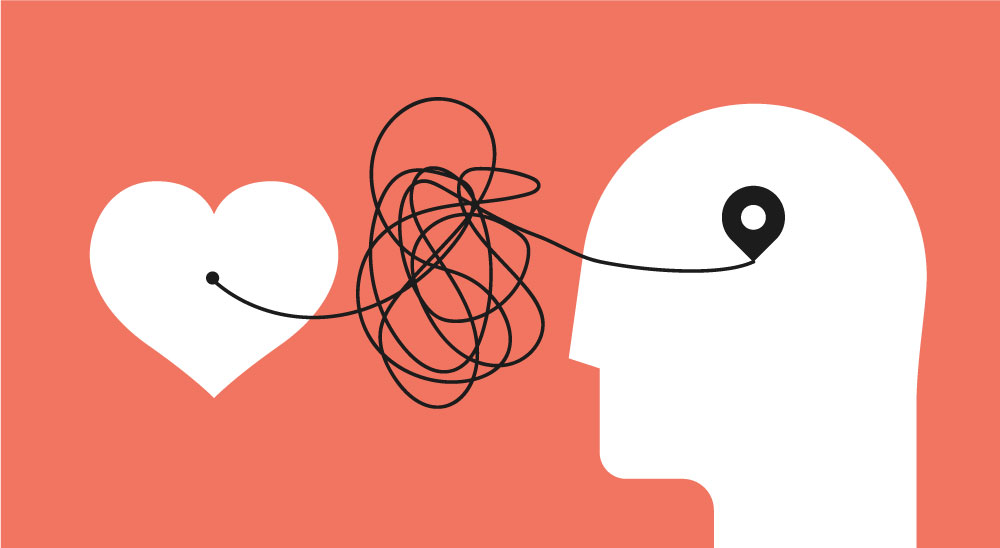According to Daniel Goleman, Emotional Intelligence requires: self-awareness, self-regulation, motivation, empathy and social skills. Today, I want to share a few practical ways to model EMPATHY to our children.
Teach your child simple language to communicate feelings: I see that you feel upset/frustrated that you can’t play with the legos right now. It’s hard to wait, isn’t it? I’ll stay with you while you wait.
Model empathy in your adult relationships that your child observes daily. For example, if your partner or your friend had a bad day, you can model empathy by giving them a hug and listening to them offload their feelings.
Use storytelling to talk about feelings. When reading together, you can ask: The dog got lost. I wonder how the dog felt… What do you think?
Be honest about your own emotional states (and take full ownership of solving them). If your child asks: Are you angry? Are you sad? – simply say: Yes, I feel angry/sad right now… I will take a minute to calm my body down. Thank you for asking. I will be with you in a minute.
Children maintain a sense of connection and belonging from their daily interactions with their caretakers. When parents model and show empathy with consistency, children learn to have empathy towards others. Like anything else, empathy is not taught with words, it is being “absorbed” by the brain from the adults’ modelled behaviors. This is where our own self-awareness plays a key role.
